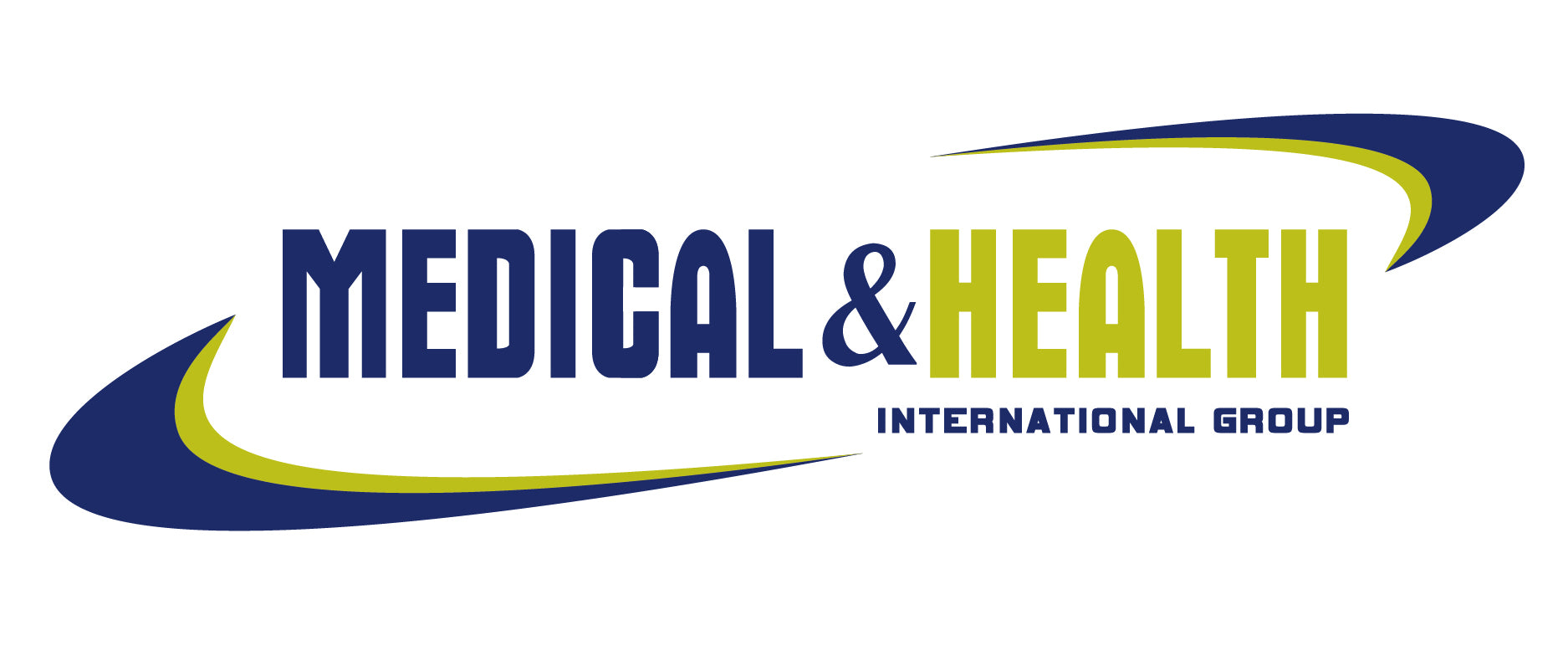
Use of polyethylene glycol in medicine
Polyethylene glycol can be used to modify drug proteins to protect drug molecules and extend their half-life.
Polyethylene glycol can be used as a cell fusion agent. It can cause adhesion of adjacent cell membranes, which in turn causes the cells to fuse into one cell.
Polyethylene glycol can also be used as an osmotic laxative. A powder with a molecular weight of 3350 is commonly used, and 17g is dissolved in water and taken orally daily to treat constipation.
Use of polyethylene glycol in the chemical industry
In addition, polyethylene glycol is also a food additive commonly used for coating candy and chocolate products. It can be used as a coating agent in food. It can also be used as dispersants, carrier solvents, adhesives, plasticizers, coating agents, lubricants, and flavor aids. PEG400 is most suitable for making soft capsules. As PEG400 is a liquid, it has wide compatibility with various solutions, is a good solvent and thickener, and is widely used in liquid preparations, such as oral fluids. PEG is the preferred material when vegetable oil is not suitable as an active ingredient carrier. This is mainly due to the stability of PEG and its resistance to deterioration. In addition, it can also be mixed with high molecular weight (PEG) and its mixture has good solubility and compatibility. PEG4000, PEG6000, PEG8000 are used in tablets, capsules, film coatings, pills, suppositories, etc. Due to the plasticity of PEG during the production process and its ability to improve drug release from tablets, high molecular weight PEG (PE4000, PE6000, PEG8000) is very useful as an adhesive for manufacturing tablets. PEG can make the surface of the tablet shiny and smooth, while not easily damaged. In addition, a small amount of high molecular weight PEG (PEG4000, PEG6000, PEG8000) can prevent adhesion between sugar-coated tablets and bottles.
